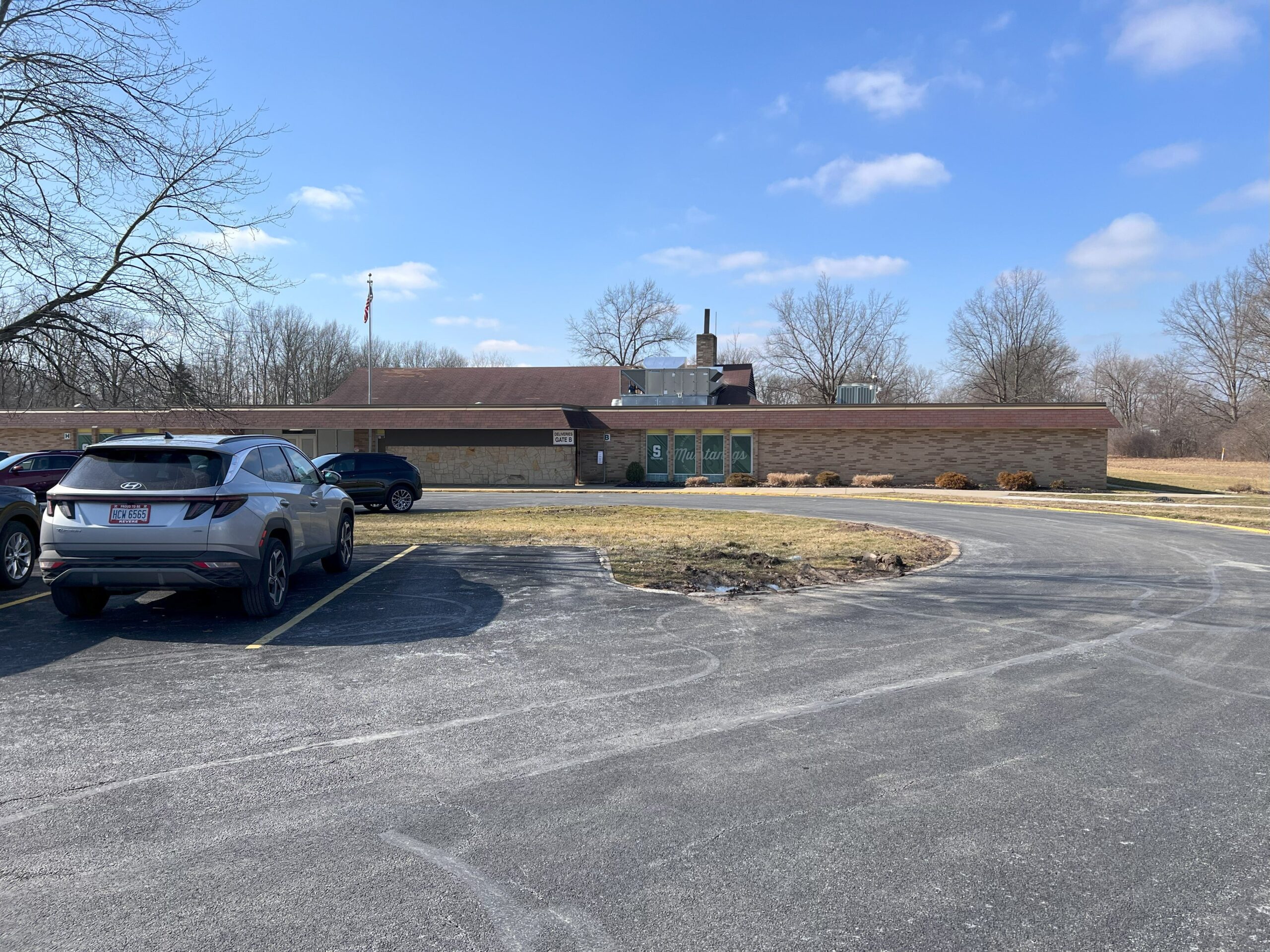Ohio’s Strongsville — Beginning in August, the majority of the fifth-grade courses at Surrarrer Elementary School on Priem Road will relocate to mobile trailers outside the school.
Only two fifth-grade classes were housed in the two mobile trailers that were initially brought to the Surrarrer site last academic year due to excessive enrollment and a shortage of building capacity.
After lunch, students went back to the building for further classes, such as music and art.
Emily Young, the superintendent, saw that students’ movements between the school building and the trailers were taking up a lot of instructional time.
To cut down on transition time, she suggested allowing fifth graders to enter the building only for physical education, art, music, and lunch.
The issue was that the school board didn’t want students to spend their entire day in mobile trailers, which the district had initially installed at Chapman Elementary School in 2023–2024 and subsequently at Kinsner, Muraski, and Surrarrer Elementary Schools in 2024–2025.
The board decided to reevaluate that stance for Surrarrer in June.
“We all don’t want children in mobile units,” board president Laura Wolfe-Housum stated.
And with (district plans to develop) new (school) buildings, we’re attempting to address that.
Wolfe-Housum stated, “We want to leave these mobile units.” It’s not the best.
Although it’s not the ideal setting for our pupils to learn, we have no other choice.
If issues arise with the new arrangement, the board may decide to go back and transfer certain fifth-grade classrooms back into the facility, according to board member Richard Mickos.
Getting the grade
The matter was brought up at the school board meetings on June 12 and June 30.
Four of the district’s five primary schools now have movable trailers, according to Superintendent Cameron Rybas. Whitney Elementary School is an exception.
WillScot, a Phoenix-based supplier of storage containers, mobile offices, refrigerated trailers, and related goods, rents the trailers—also referred to as modular classrooms—to the district.
According to Strongsville Schools Treasurer George Anagnostou, the district spends roughly $209,100 a year on seven trailers that house two classrooms each. One trailer is at Kinsner, and Chapman, Muraski, and Surrarrer each have two trailers.
According to Ryba, each school makes use of the trailers for a variety of applications, such as tutoring and talented math classes.
In the trailers, Surrarrer hosted two fifth-grade courses, a fourth-grade class, and gifted math classes during the previous academic year.
In order to accommodate more fifth-graders in the trailers, Young’s proposal would relocate the fourth-grade class back into the main school building for the 2025–2026 academic year.
In 2024–2025, fifth-graders lost almost 105 hours of instructional time because they had to go back and forth between the school building and trailers, according to a research that Young submitted to the school board.
In the meantime, Young’s analysis found that fourth-graders missed about 53 hours of teaching time.
Young estimated that fifth-graders would only miss roughly 11 hours of teaching time while transferring between movable classrooms or trailers if the majority of fifth-grade students were housed in the trailers and fourth-grade classes were moved back into the building.
According to Young’s estimation, fourth-graders would only lose six hours of teaching time as they moved between classrooms in the facility.
Despite her reservations about separating the fifth-graders from the rest of the Surrarrer school body, board member Michelle Bissell stated that the data was overwhelming in support of sending them to the trailers.
Despite my reservations, I believe we should try to see if it resolves the main issue, which is the significant amount of missed educational time, Bissell stated.
Getting mobile
However, the new plan for Surrarrer fifth-graders and instruction in mobile units in general caused board members to voice concerns.
According to Bissell, a parent from Surrarrer informed her that her son’s headaches had gotten worse over the academic year. The parent thought it might have something to do with the trailers’ acoustics.
According to Bissell, the district ought to ask families about their experiences learning in trailers and whether there were any issues with the setting.
Furthermore, according to Bissell, Muraski set up a pavilion so that students enrolled in mobile units may attend some classes outside during pleasant weather.
She inquired as to whether Surrarrer students may receive the same treatment.
Families of survivors also inquired about what the district might do to protect students walking to and from school from rain and ice.
Parents requested that the mobile classrooms’ leaky ceilings and malfunctioning heating and conditioning systems be fixed.
Micko questioned whether going to the buildings for restroom breaks would only take the place of the disruptions caused by fifth-graders being moved to the trailers.
According to Ryba, the district is dealing with these problems by:
To assist students with headaches, acoustic panels will be installed in the trailers to reduce echo and noise.
asking families for suggestions on how the district could enhance the students’ educational experience
Investigating potential outdoor learning areas
Awning the mobile trailers to lessen the effect of ice and rain on students
Requesting that WillScot fix the mobile units’ faulty ceiling and HVAC systems
establishing a timetable for students’ restroom breaks in the trailers.
The Sun Star Courier has further information.






